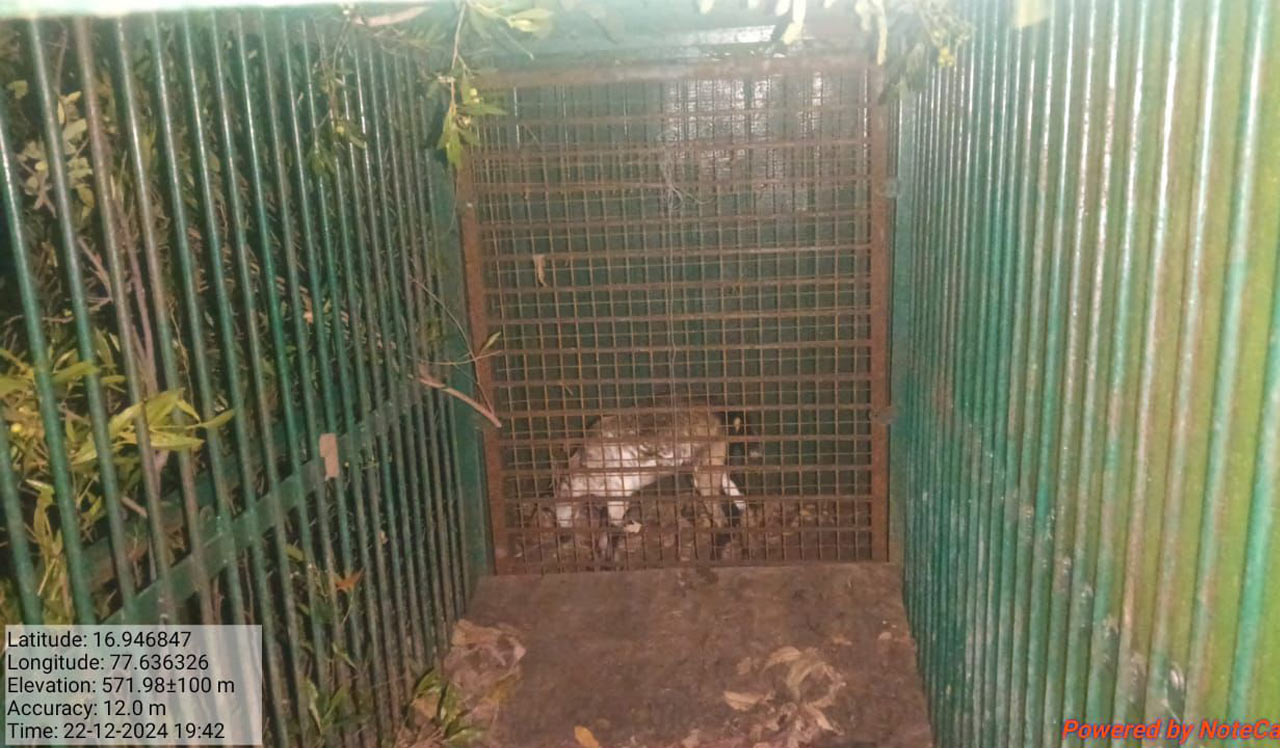US advisory to travelers on Chikunguna surge in Telangana
The Centres for Disease Control and Prevention acknowledged that it has ‘identified a higher-than-expected number of chikungunya cases among U.S. travelers returning from the state of Telangana. The CDC in its advisory to travelers also shared necessary precautions to be taken from mosquitoes, which cause chikungunya.

Hyderabad: In a concerning advisory, which raises questions on Telangana State health department’s disease surveillance and under-reporting of vector-borne diseases, the Centres for Disease Control and Prevention (CDC), United States has alerted travelers from United States to Telangana, to practice enhanced precautions because of large number of Chikungunya cases.
In its advisory dated November 8, 2024, the CDC, United States acknowledged that it has ‘identified a higher-than-expected number of chikungunya cases among U.S. travelers returning from the state of Telangana. The CDC in its advisory to travelers also shared necessary precautions to be taken from mosquitoes, which cause chikungunya.
You can protect yourself by preventing mosquito bites, which includes using insect repellent; wearing long-sleeved shirts and pants; and staying in places with air conditioning or that have screens on the windows and doors. Seek medical care if you develop fever, joint pain, headache, muscle pain, joint swelling, or rash, during or after travel, the advisory said.
Chikungunya continues to remain a major viral disease that has surged along with dengue infections in Telangana, during the ongoing monsoons. However, due to its common symptoms with dengue and malaria, there is a fear among public health officials that the ailment might be getting misdiagnosed and even underreported.
At present, all fever and joint pain cases are being labeled as dengue infections. However, despite similar symptoms, there are chances that the patient might be chikungunya positive and might need additional and appropriate care, seasonal ailment specialists said. Even the vector responsible for the spread of dengue and chikungunya is the same – Aedes aegypti.
However, in southern States, another mosquito species i.e. Aedes albopictus (in addition to aegypti) also poses a serious threat of transmitting the chikungunya virus through its bite.
Incubation
The incubation period, the number of days it takes to develop symptoms once individuals get bitten by an infected mosquito, for chikungunya is 3 days to 7 days. It presents with the onset of fever, arthritis, and rash in some patients. Patients with chikungunya fever are mostly symptomatic but asymptomatic infections are reported in 3 per cent to 25 per cent of the cases, National Centre for Vector Borne Diseases Control (NCVBDC) guidelines said.
Chronic chikungunya
Interestingly, while patients with dengue recover quickly if diagnosis and medication are done at the right time, there are numerous chikungunya-positive patients, who continue to struggle with the ailment anywhere from 3 months to even several years. Even after recovery, a large number of patients struggle with joint pains and stiffness.
High-risk groups
While a typical healthy individual will recover from chikungunya within weeks, high-risk individuals, if not medicated properly, are most likely to develop severe manifestations and face adverse outcomes.
Individuals with hypertension, diabetes, vascular and heart diseases, pregnant women, hypothyroid patients, dengue-positive patients, TB, malaria, and enteric patients, and HIV-positive individuals fall under high-risk groups.
Children also fall in the high-risk group because of their immunity levels. Compared to adults, children might develop a rash within the first day of getting infected. When compared to fever and rashes, joint pains are less common among children

Related News
-
KCR extends Christmas wishes to people of Telangana
-
Telangana’s micro-sculptor Ajay Kumar sculpts Brazil’s “Christ the Redeemer” in the eye of a needle
-
Leopard spotted and panic prevailing in Nandipahad village under Maddur mandal
-
Unpaid loans: DCCB erects auction flexis in farmers’ fields in Kamareddy
-
Haiti gang attack on journalists covering hospital reopening leaves 2 dead, several wounded
56 mins ago -
21 dead as Mozambique erupts in violence after election court ruling
1 hour ago -
Cartoon Today on December 25, 2024
9 hours ago -
Sandhya Theatre stampede case: Allu Arjun questioned for 3 hours by Chikkadpallly police
9 hours ago -
Telangana: TRSMA pitches for 15% school fee hike and Right to Fee Collection Act
10 hours ago -
Former Home Secretary Ajay Kumar Bhalla appointed Manipur Governor, Kerala Governor shifted to Bihar
10 hours ago -
Hyderabad: Organs of 74-year-old man donated as part of Jeevandan
10 hours ago -
Opinion: The China factor in India-Nepal relations
10 hours ago




